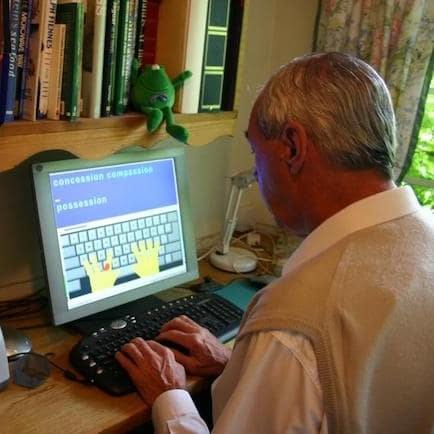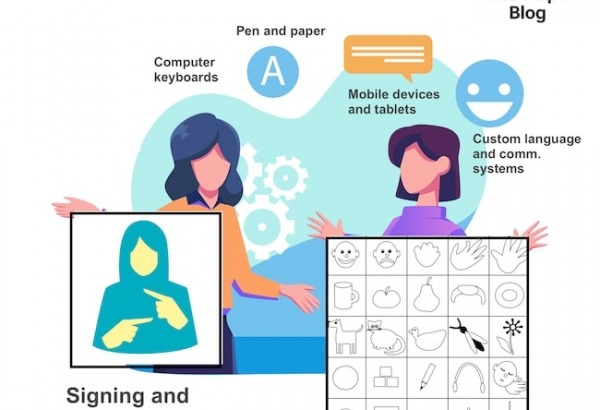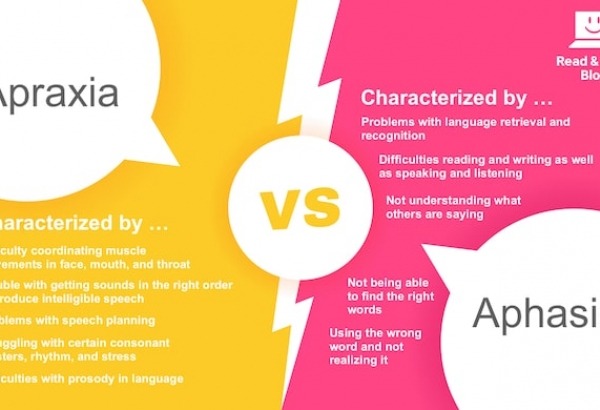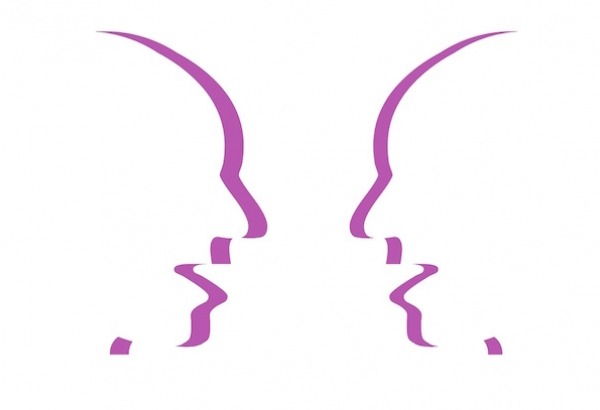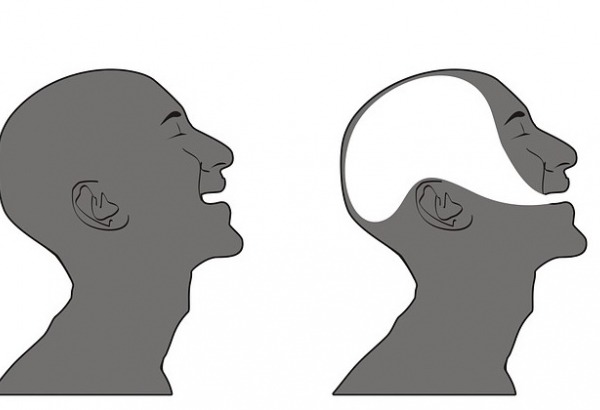7 Activities for stroke patients
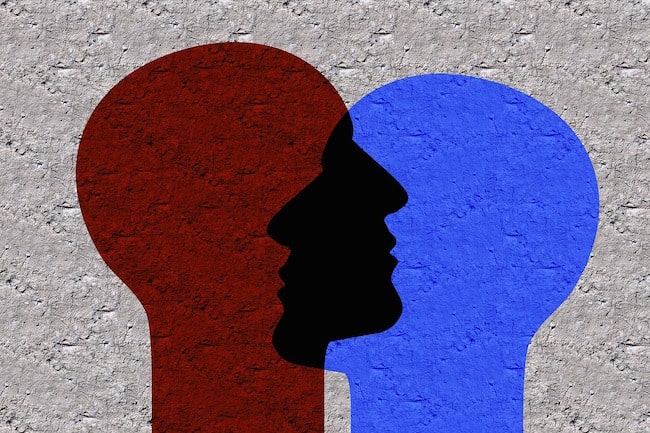
For the majority of stroke patients, the road to recovery is a long one that includes many hours of therapy aimed at restoring both physical strength and language capacity. People who suffer a serious stroke may lose the ability to coordinate muscles and execute complex movements.
They can have trouble performing routine tasks including bathing, dressing and feeding themselves. Some will experience numbness or lose feeling in their limbs. Many will have difficulty understanding and producing language. While it is not always possible to recover completely from a stroke, with the right treatment plan quality of life can be improved.
According to the National Stroke Association, strokes are one of the top causes of long-term disability in adults. Damage can be irreversible and recovery may be affected by depression. This makes choosing the right treatment activities essential.
Keep in mind that every case is unique and no two stroke victims will need exactly the same type of therapy. Family and friends can provide emotional support and help reinforce coping strategies while specialized therapists will be able to suggest a recovery program, including tools and resources to try.
It’s important to remember that a stroke patient may be struggling with impairments but also grieving the loss of their former life, including their job, routine and independence. That’s why starting a recovery plan is key, even if progress isn’t immediately apparent.
Sticking to the programme over an extended period of time can bring about a change in attitude. It’s particularly useful to participate in activities that are both therapeutic and fun, to help stroke victims rebuild confidence and improve self-esteem.
What is a stroke?
Strokes are caused when blood supply to an area of the brain is cut off because of a clot or blood vessel that bursts. This results in the affected part of the brain not getting the oxygen it needs to function.
Depending on the severity and location of the blockage, as well as how long it lasts, a stroke can result in damage that impacts on physical and mental abilities – including language use and processing which may have short or long term consequences.
Common symptoms include: difficulty speaking and understanding language that was previously familiar and fluent, a left or right side weakness or paralysis including of facial muscles, numbness, muscle coordination and shaking and balance issues that make it hard to hold a pen or pencil or to move around, blurred vision which interrupts reading and causes seeing double (making it virtually impossible to look at certain kinds of screens), and slurred words and missing vocabulary that needs to be retrieved.
Note that while words become hard to reach, meaning is often still accessible which can result in a degree of frustration for stroke patients who know what they want to say but are unable to express themselves. It’s been described as a filing cabinet that has fallen over. The words are still there, but it can be difficult to find them and pull them out of the jumble.
Learn more about communication and language ability after a stroke.
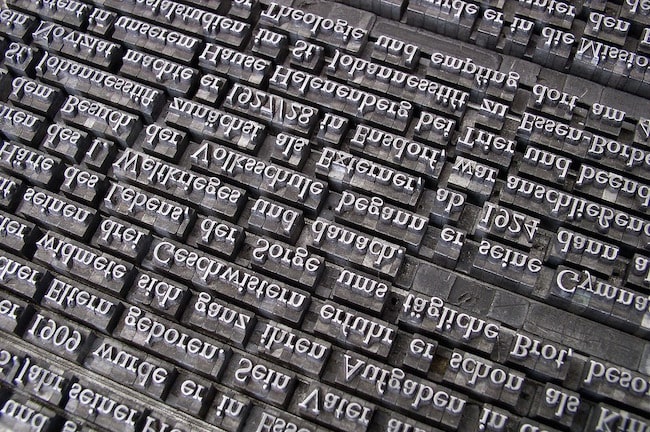
Recovery activities for stroke patients
In addition to direct therapy at medical and rehabilitation centers, patients should beware of becoming isolated and try to engage in a handful of home-based and social activities throughout the week.
-
Get some exercise. Exercise in any form is important for rehabilitation. The coordination of movements brings about positive emotions thanks to endorphins. Even swaying side-to-side or rocking mobile parts of the body helps increase blood flow and is likely to make patients feel better.
-
Make art. The brain is a muscle and when its language centers are down you can stimulate it through color, texture and movement. If the fine motor skills required to hold a paintbrush are lacking, rethink your approach to art. Just arranging objects into collages and patterns or drawing in the sand with fingertips can be helpful.
-
Learn something new. You don’t have to go back to school, it might be you pick up a hobby like gardening or bird watching. You may also want to acquire a new skill—particularly one that helps with language recovery, such as practicing sign language or typing. Stimulating new areas of the brain gets things moving.
-
Satisfy your senses. Learning is enhanced through multi-sensory approaches in which you hear, see and feel material at the same time. Go to a greenhouse and smell the flowers, visit a museum or get a neck and shoulder massage. All of these activities stimulate your sensory systems.
-
Turn up the music. Hearing a rhythm can improve the attitude and outlook of stroke patients. It’s also a great way to maximize the potential for relearning coordinated movements and to work on balance. Express yourself in whatever way is possible, whether it be through syncopated tapping and conducting to the radio, or even just deep breathing in time to the music. Language and music are stored in different areas of the brain and someone who struggles with the spoken word may have no difficulty with singing a song. Singing is good exercise.
-
Try touch-typing. When writing by hand is too hard and speaking ability is inhibited, it can sometimes be easier to type messages on a computer or tablet. That’s because keyboarding trains muscle memory in the fingers to remember the spelling and help with word recovery. Repetitive drills reinforce learning and it is particularly helpful when the approach taken is multi-sensory – such as with Touch-type Read and Spell.
-
Engage your brain. Do some mental heavy lifting and try puzzles, audio books or even routine activities, such as making to-do lists. The idea is to work your reasoning, comprehension and problem solving skills. Meditation and clearing your mind afterwards can be a great way to wrap this type of activity up.
More tips
If you are putting together a plan for someone else, be creative as you consider the patient’s former hobbies and interests. As one illustrative example, a keen gardener may well appreciate a raised bed or bench that can be tended from a wheelchair. You may have to replace terra cotta pots with plastic ones so they are easier to lift and help with writing plant labels. Small tools with bigger handles are also a good idea.
Activities will vary greatly depending on the impact of the stroke and the patient’s recovery needs. Be aware that interacting with people is stressful and exhausting due to the communication required. Sometimes the stroke survivor just can’t keep up, and friendships may drift away.
People who have had a stroke and their carers can find great support in the company of others who’ve been there too. You may consider joining a local stroke support group. Being with others in the same boat can be both comforting and stimulating. In a context like this, group speech therapy sessions often prove popular and effective. Additionally, you can always suggest solo walks or encourage the person to sit outside to observe nature as part of a recovery plan that focuses on mindfulness.

TTRS as a resource
If you’re a therapist who works with stroke victims you’re probably aware of different solutions and online programs that can be used for language recovery.
Touch-type Read and Spell is a multi-sensory keyboarding program in which individuals hear letters and words, see them on the screen and then practice typing the correct keys. It focuses on repetition, sound-letter mapping and short spurts of multi-sensory activity and is ideal for those who may tire easily and need to take frequent breaks.
Individual modules can be repeated as often as necessary and the course provides plenty of feedback at each step, to enhance motivation and gradually build confidence and self-esteem for users. If you are a therapist you can help a person who’s had a stroke by working through the course with him or her at weekly sessions. Patients can then continue daily use of the course on their own, to reinforce learning.
Do you have any activities to add? Send us an email and join the discussion!
For stroke recovery
TTRS is a program that can support individuals who have had a stroke in recovering communicative ability.
Chris Freeman
TTRS has a solution for you
An award-winning, multi-sensory course that teaches typing, reading and spelling

How does TTRS work?
Developed in line with language and education research
Teaches typing using a multi-sensory approach
The course is modular in design and easy to navigate
Includes school and personal interest subjects
Positive feedback and positive reinforcement
Reporting features help you monitor usage and progress

